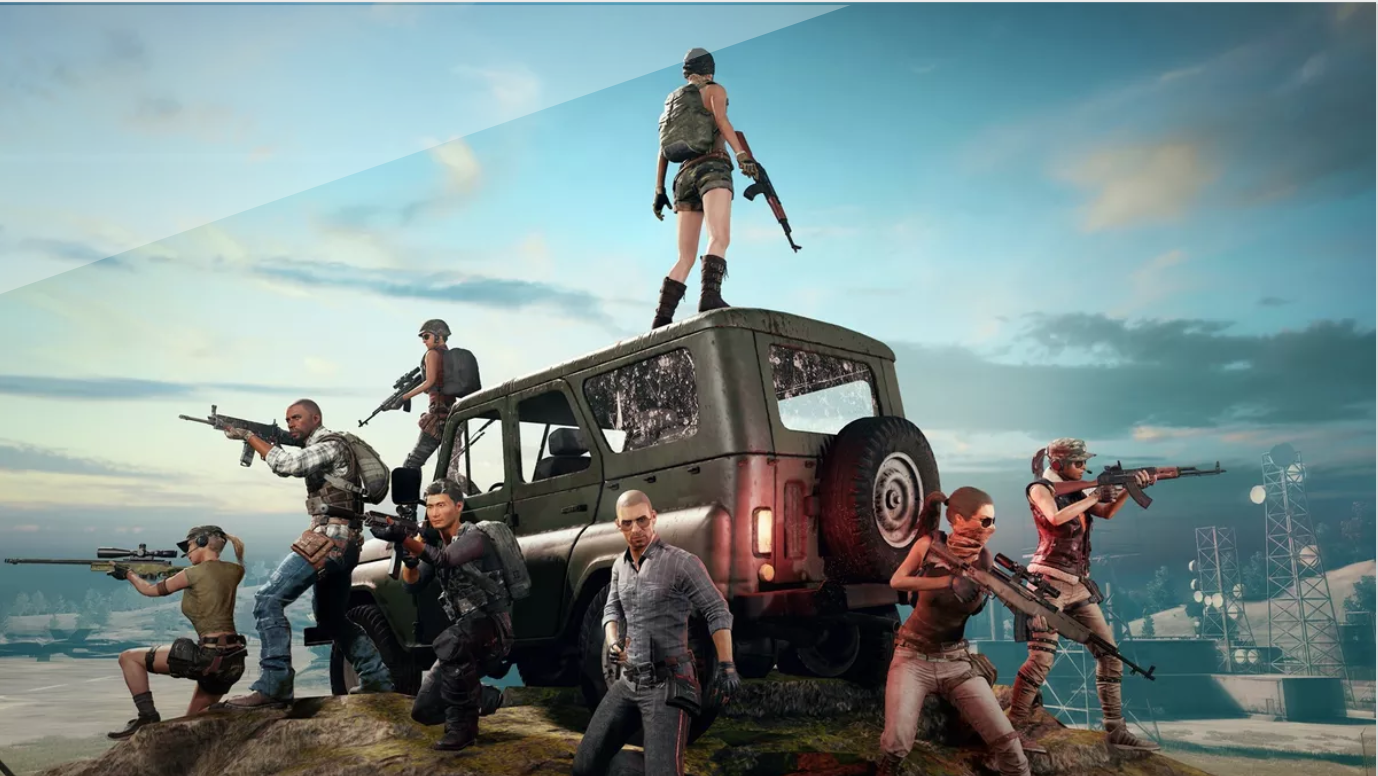
The UX Game Summit by Epic Games, first launched in 2016 as the very first gaming summit with a focus on UX. It is important to put players first in the design process of gaming in order to ensure better player engagement and more time played. The UX Game Summit helps bring together professionals that are passionate about the current state of UX in our industry and ways to continually improve and innovate the user experience. The Game UX Summit is hosted by different companies each year, this year was hosted by EA. Also this year, Key Lime Interactive, was one of the speakers at the 2018 UX Game Summit. Here is a recap of our presentation and some of the takeaways from the conference by our UX rockstar, Shao-Yu Chen.
At the UX Game Summit, our awesome VP of User Research Eugene Santiago and UX researcher Shao-Yu Chen gave a presentation, “The UX of Post Game Statistics in PvP Mobile Games”, which focused on the ways in which the role and impact of post-match statistics to players overall experience while playing the mobile game PUBG (PlayerUnknown’s Battlegrounds). We hypothesized that presenting post-match statistics that assist gamers in improving their skill level can in turn lead to an increased user engagement with the game, and ultimately more hours played. Our goal in doing this research was to identify the impact that post-match statistics had on gameplay and if users found certain types of post-match statistics or metrics to be more valuable than others. Our method for carrying out this study was 30 minute, remote interview sessions with 12 players of PUBG mobile, 8 of the players were adults and 4 were minors. Through conducting this research, we aim to provide a baseline of design principles that can be implemented in the UX of mobile games in order to enhance the overall user’s experience.

Through our research we learned those post-game statistics were regularly used by the majority of the participants; 7 out of 12 gamers. Participants utilized the post-game statistics in order to better understand their play during that match and to develop new strategies. As we hypothesized, gamers who use these post-game statistics have increased engagement with the game and also play longer on average. Some of the biggest things we learned from this study were that post-game statistics should be relevant to players' needs, there should be more post-game statistics to try to encourage user engagement and also provide context for data visualization on the post-game statistics.
Here are some of the conference takeaways Shao-Yu noted: “I personally think that the most relevant topic for us to discuss would the level of UX maturity in the gaming industry in general. It feels like many game companies are lagging behind when it comes to UX and UR. UX is usually strictly focused on the design of UI. There were a lot of UI/UX designers there. Off the top of my head, there were only two presentations that had a major focus on user testing: ours being one, and a game company user testing their mobile game being the other. However, there is a push by at least a group of UX professionals in gaming to separate UX from UI.”
We here at Key Lime are excited to continue to work and learn about the various ways in which the user experience different aspects of their game and working together to create a more compelling user experience overall.
READ MORE: User-Centered Design, How to Create Trust Through Digital Design, Game User Researcher Summit Recap, Big News on Big Data










Comments
Add Comment